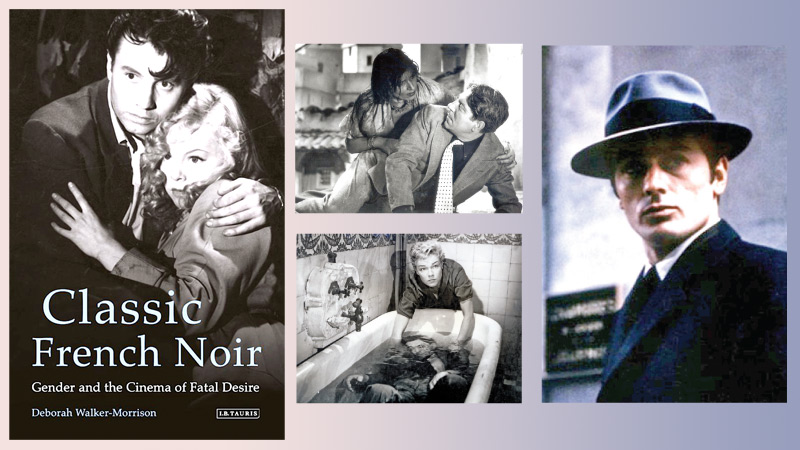
The era of French noir in cinema, often referred to as the “Polar” in French, stands as a captivating07 chapter in the history of film. Originating in the post-World War II period, French noir evolved as a distinct cinematic movement, marked by its unique aesthetic, compelling narratives, and the influence it exerted on the broader landscape of cinema.
Historical context
The roots of French noir can be traced back to the aftermath of World War II when France was grappling with the scars of war and occupation. The somber atmosphere of the time found expression in the dark, gritty narratives that characterized French noir films. The genre drew inspiration from the hardboiled American crime novels, blending them with the French sensibility to create a unique cinematic experience.
Cinematic aesthetic
French noir is characterized by its moody and atmospheric visual style. Filmmakers embraced low-key lighting, deep shadows, and stark contrasts to create an intense and brooding atmosphere. The use of urban landscapes, rain-soaked streets, and dimly lit interiors became synonymous with the genre, adding a layer of psychological depth to the narratives.
Pioneers of the wave
The early pioneers of French noir include directors like Julien Duvivier, Marcel Carné, and Henri-Georges Clouzot. Notable films such as “Pepe le Moko” (1937) by Duvivier and “Le Quai des Brumes” (1938) by Carné laid the foundation for the emergence of the noir movement. However, it was in the post-war period that directors like Jean-Pierre Melville and Jules Dassin became synonymous with the genre, creating timeless classics like “Le Samouraï” (1967) and “Rififi” (1955), respectively.
Impact on cinema
French noir had a profound impact on the global cinematic landscape. Its influence extended beyond France, inspiring filmmakers worldwide to explore the dark underbelly of society. Hollywood, in particular, embraced the noir aesthetic, with French directors such as Jean Renoir even contributing to the American noir movement. The genre’s emphasis on moral ambiguity, complex characters, and stylized visuals challenged traditional storytelling conventions, influencing the evolution of film noir internationally.
Legacy
The legacy of French noir endures in contemporary cinema. Filmmakers continue to draw inspiration from the genre, infusing their work with the moody atmospheres and complex narratives that define French noir. Modern directors like Olivier Assayas and Jacques Audiard have incorporated elements of noir into their films, adapting the genre to reflect the complexities of the contemporary world.
The era of French noir remains a pivotal moment in cinematic history. Its exploration of human nature, moral ambiguity, and the shadowy corners of society has left an indelible mark on the art of filmmaking. As audiences continue to appreciate the timeless allure of French noir, its influence persists, ensuring that the shadows it cast on the silver screen will endure for generations to come.









